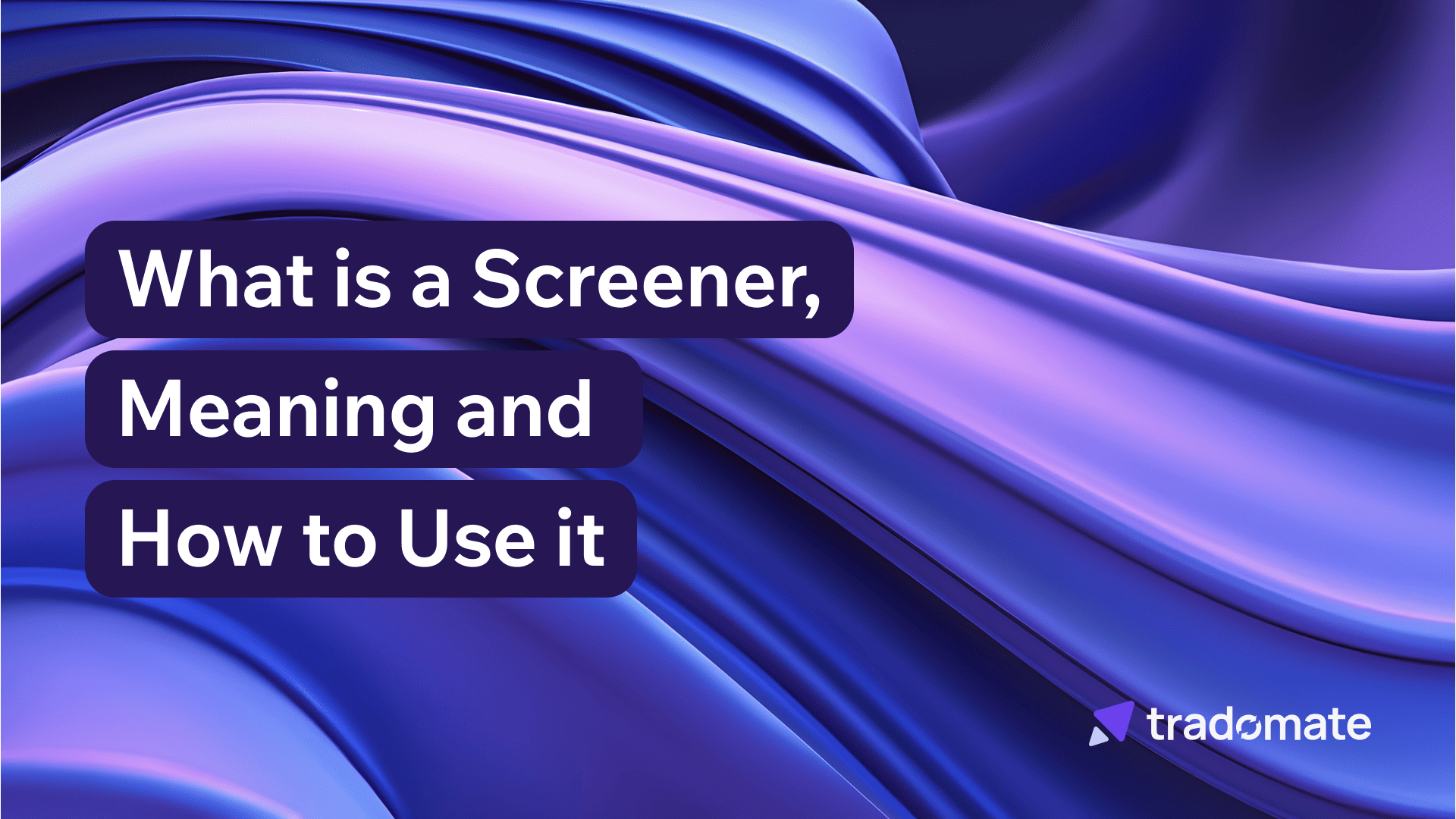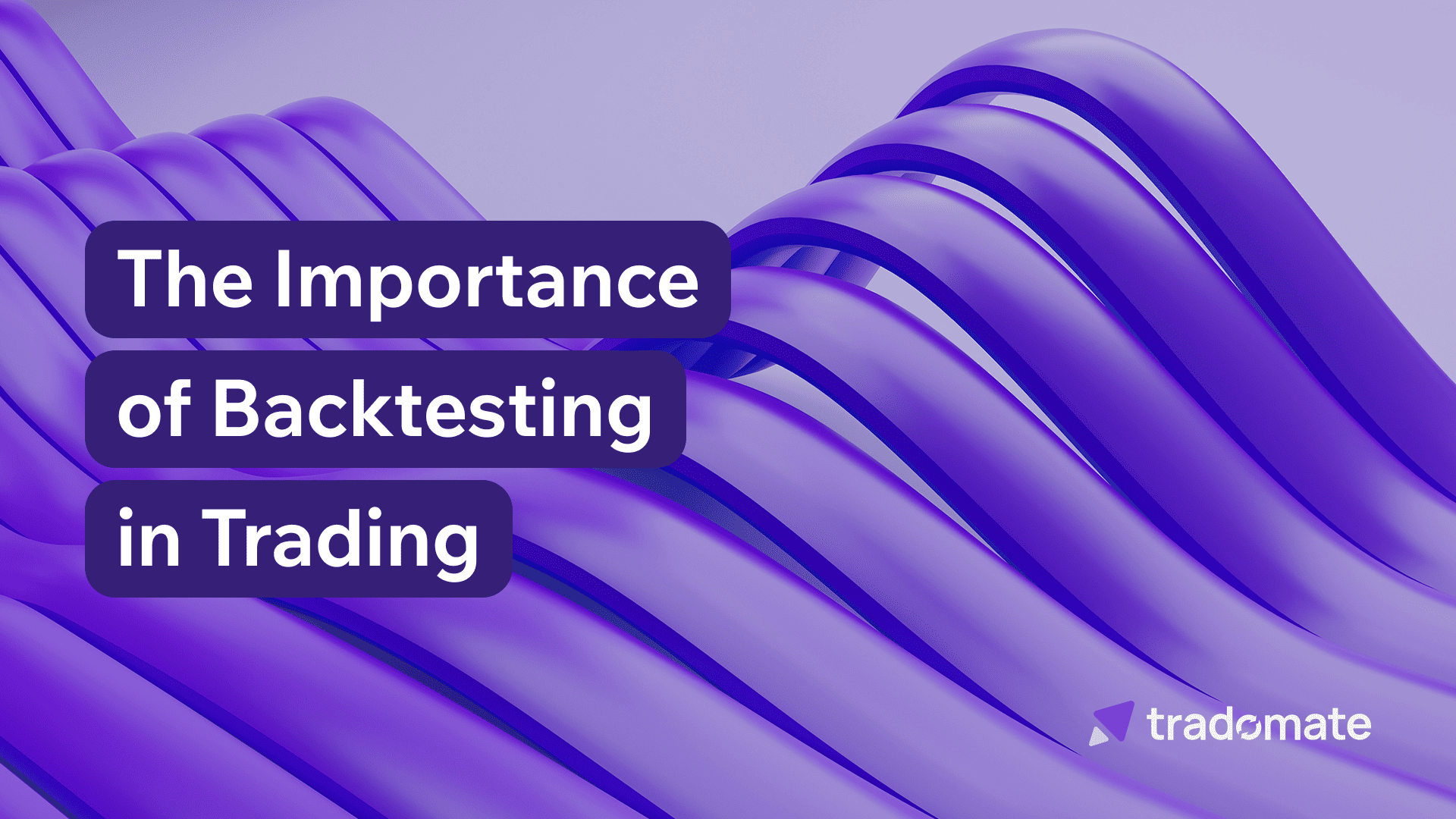What is a Screener - Meaning and How to Use it
Discover what a stock screener is, how to use it, and explore technical stock screeners that help traders filter and analyze stocks efficiently for better decisions.


A stock screener is one of the most useful tools for traders and investors. Whether you are just starting your journey in the financial world or already trade regularly, knowing how to use a stock screener can help you find the right stocks quickly. But what is a screener, and how does it work?
In this guide, we will explain the screener’s meaning, its types, and step-by-step instructions on how to use screener tools to make smarter decisions in trading.
A screener is an online tool that helps traders filter and find stocks, ETFs, or other assets based on specific rules and conditions. Instead of checking every single stock one by one, a stock screener lets you set filters like price, volume, market capitalization, or technical indicators. It shows you only the stocks that match your conditions.
In simple words, a stock screener is like a search engine for stocks. You tell it what you want, and it shows you matching results.
Using a stock screener saves time and makes trading easier. Here are the main benefits:
Before jumping into the details, here are some common terms you should know about screeners:
These terms help you build better filters when using a stock screener.
There are different kinds of screeners you can use depending on your goal. Here are the main types:
A fundamental stock screener focuses on the financial data of companies. It looks at numbers like earnings, debt, sales, and more. If you are interested in long-term investing, this screener is perfect.
For example, you can filter stocks with:
A technical stock screener looks at price movements and volume patterns. Traders use this to find stocks that meet specific price or technical conditions.
Some common filters in a technical stock screener include:
A trading screener is a mix of fundamental and technical filters. It helps active traders find stocks ready for short-term moves based on technical and financial data combined.
For example, you could filter for:
Using a stock screener is easier than you think. Below is a simple step-by-step guide to get started.
There are many free and paid stock screeners available. One powerful option is the Tradomate stock screener. You can use it here
Tradomate is designed to help traders of all levels screen assets, create strategies, and backtest easily.
Before using a screener, ask yourself:
It will help you set the right filters.
Here are some common filters to start with:
You can combine multiple filters for precise results.
Once filters are set, click the “Search” or “Run” button. The screener will process thousands of stocks and give you a list of matching results in seconds.
Review the list of stocks carefully. Look at the charts, company fundamentals, and recent news. Don’t blindly follow the screener; always double-check the data before making any decision.
Most stock screeners, including Tradomate, allow you to save your filter settings and export the list of stocks for future use. It makes it easy to track stocks or share your strategy.
Here are a few extra tips to get the most out of your stock screener:
At Tradomate, the stock screener is built for both beginners and experienced traders. Here’s why it stands out:
Even though stock screeners are helpful, some mistakes can cause problems.
A stock screener is an essential tool for traders and investors. It helps you find stocks that match your strategy quickly and efficiently. By understanding what a screener is, screener meaning, and how to use screener tools like the Tradomate stock screener, you can take control of your trading journey.
Always remember, no tool replaces knowledge and research. Use screeners wisely, combine them with charts, news, and fundamental analysis, and you will become a smarter trader.
At Tradomate, we are committed to supporting you at every step of your trading journey.
To know more, explore Tradomate’s informative blog section!
Other blog articles



Start your seamless trading journey now and experience the power of our comprehensive trading solutions.